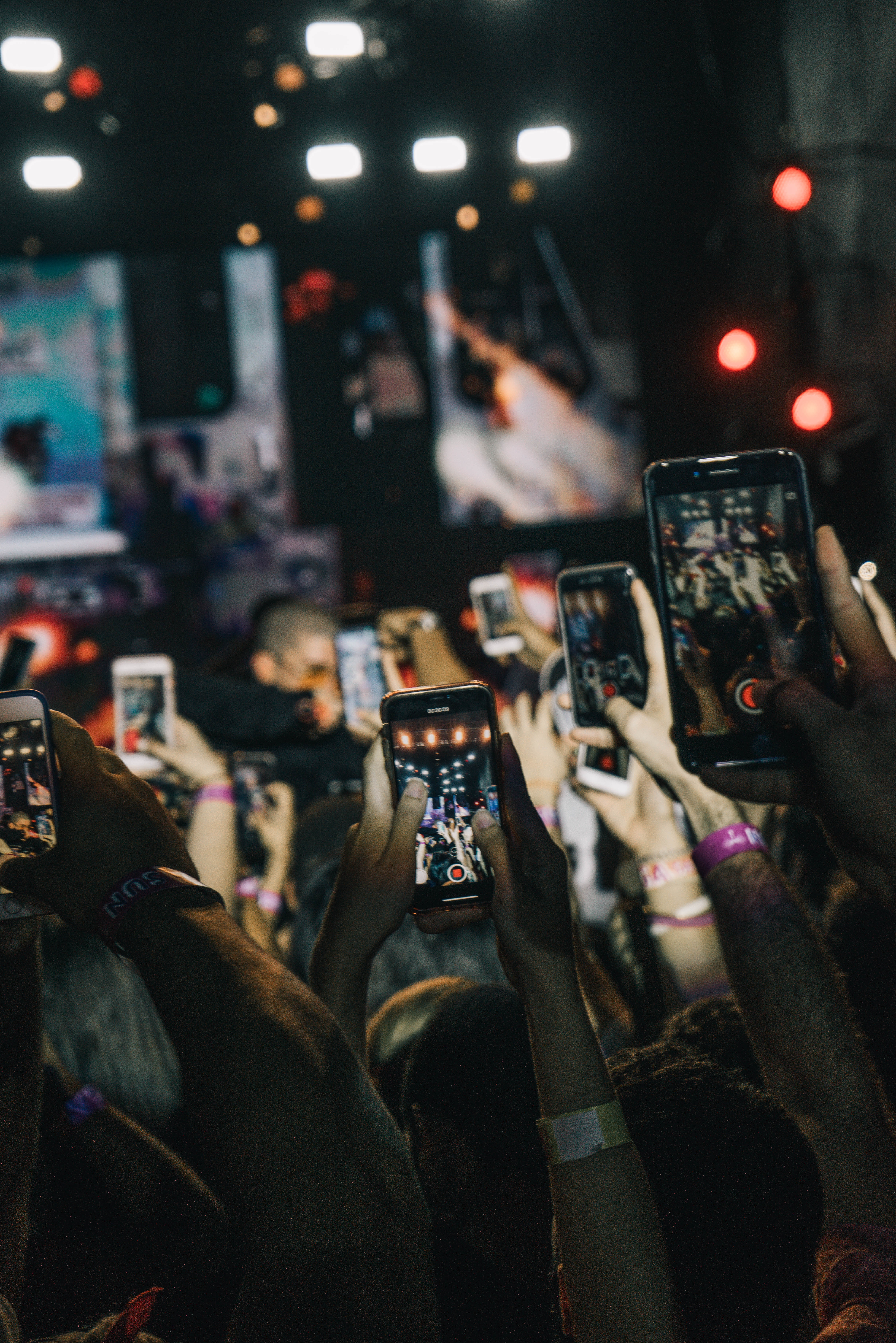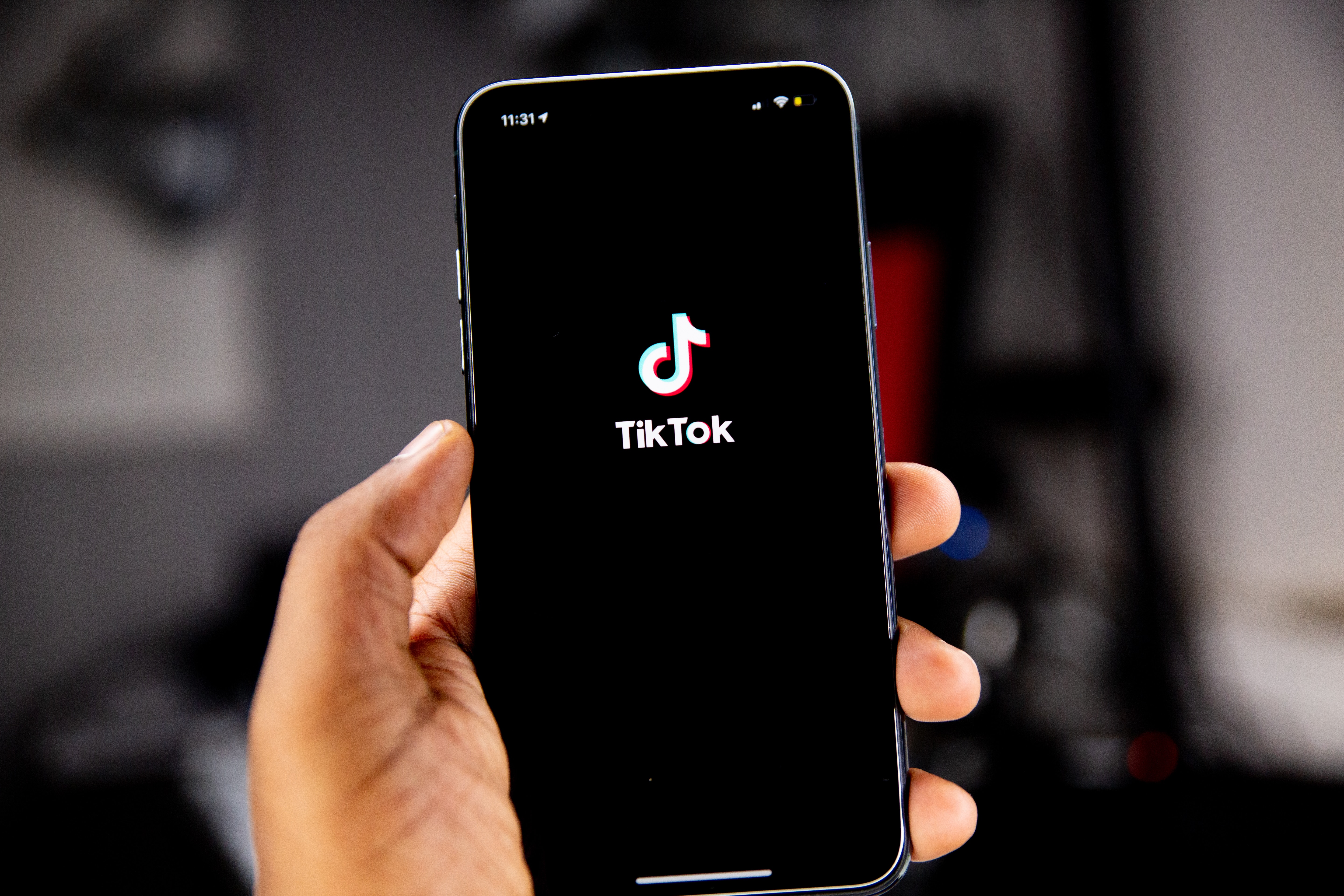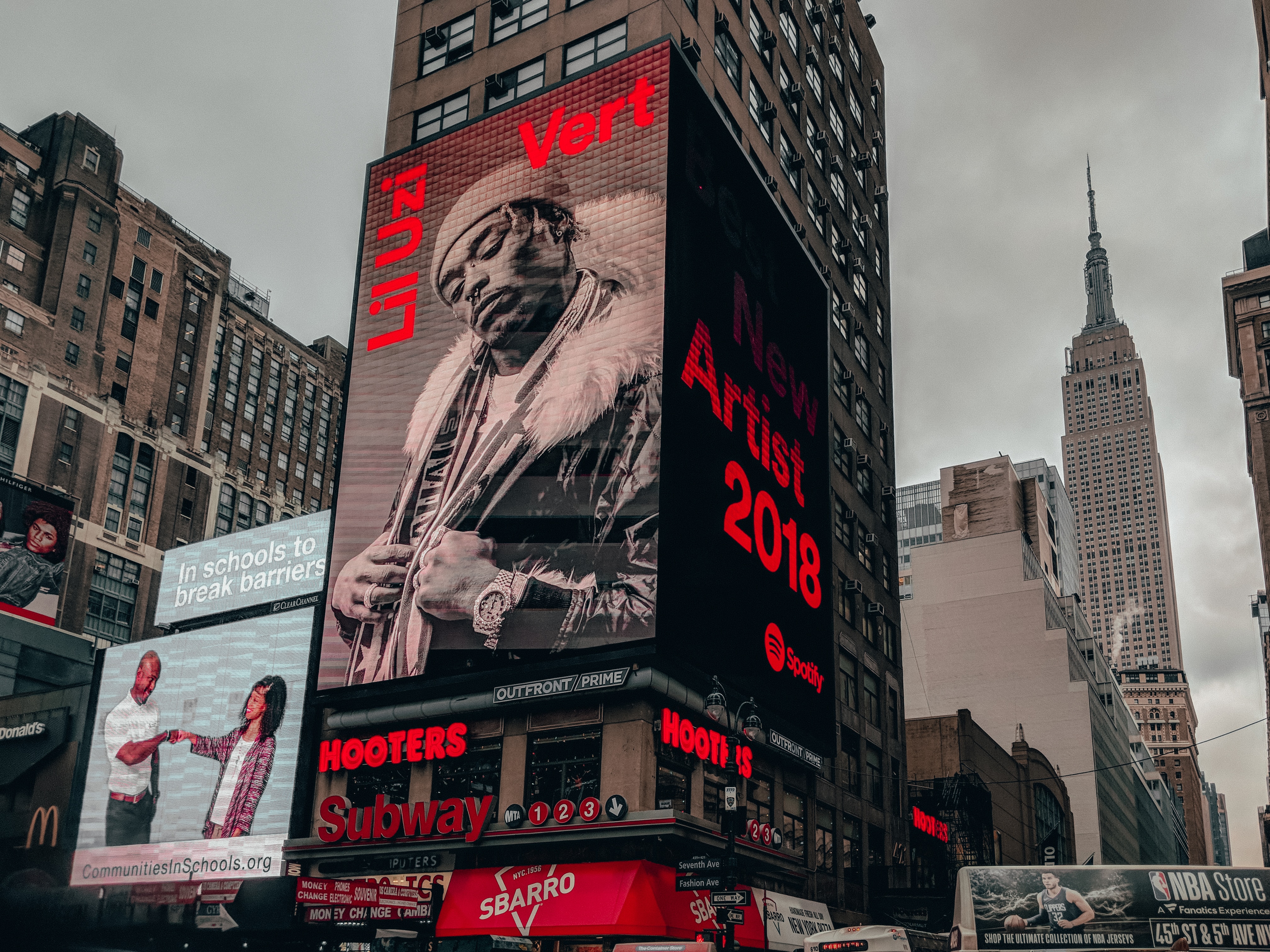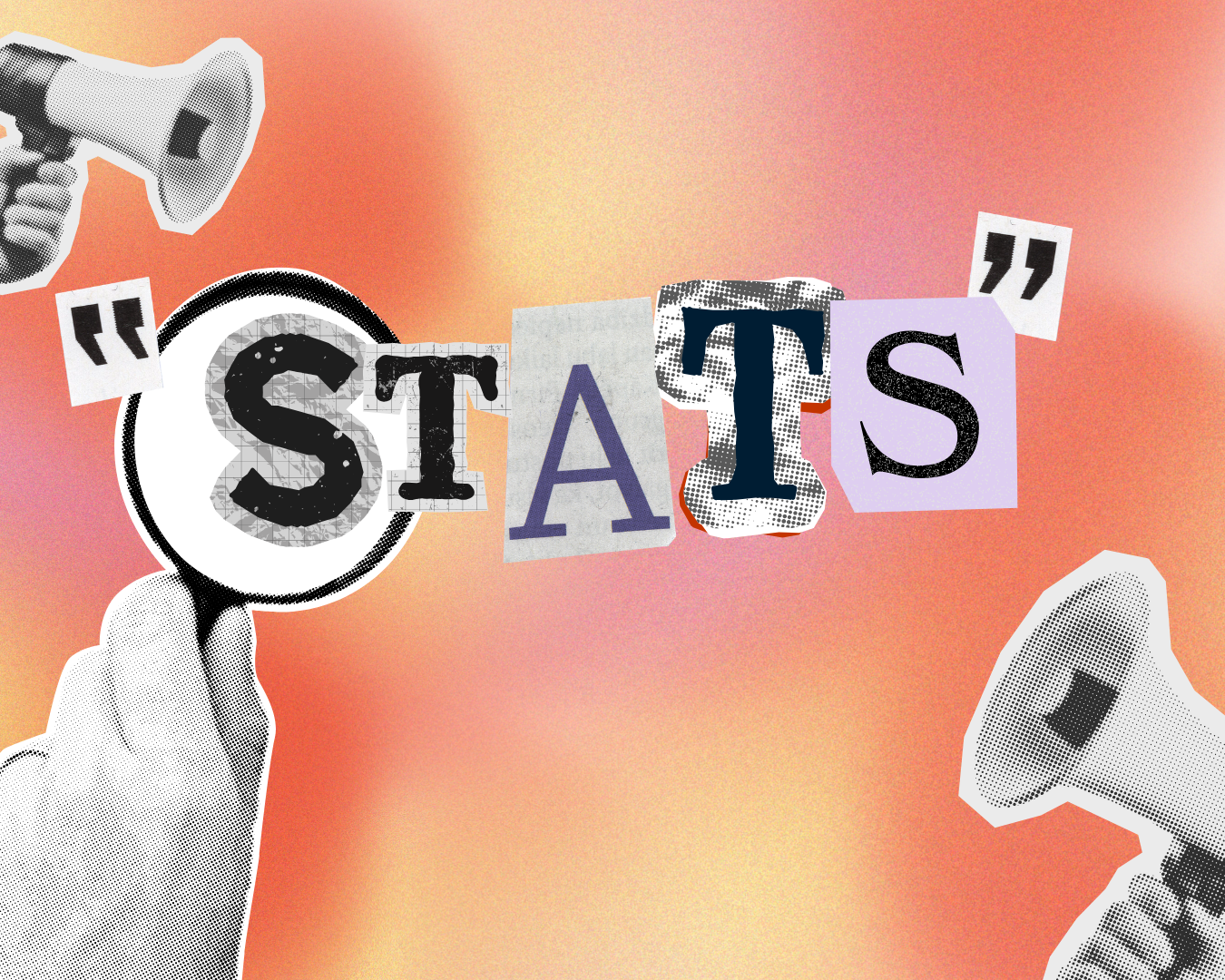
24.10.2025
Influencer Marketing Statistics 2025: UK Trends, Spend & Compliance
11 min read by Sarah Fulford-Williams

Table of Contents
Introduction
Influencer marketing has evolved from a fringe tactic into a core channel commanding major budgets. As the industry scales, marketers must balance reach with authenticity, navigate evolving regulations and adopt data‑driven strategies. This article unpacks global and UK statistics for 2025, highlighting market growth, consumer behaviour, trends and compliance considerations. Whether you’re a brand leader, agency head or social lead, you’ll find insights to inform your next campaign.
Quick Summary
- ✅ The global influencer marketing ecosystem is projected to exceed $266 billion in 2025, while the platform market alone will hit $32.55 billion (Influencer Marketing Hub).
- ✅ UK spend is maturing quickly: the market was US$2.36 billion in 2024 and is forecast to grow at 29.5 % CAGR (Imarc), with ad spend reaching £930 million in 2024 and £1.3 billion by 2029 (Kolsquare).
- ✅ Influencer marketing works: over 83% of brands say it’s effective and 82% believe it generates the best-quality leads adamconnell.me; half of British consumers have bought products after influencer recommendations izea.com.
- ✅ Authenticity is key: 47 % of UK marketers prioritise authenticity when choosing influencers kolsquare.com, favouring micro and nano creators who deliver higher engagementkolsquare.com.
- ✅ Compliance needs attention: 43 % of influencer ads in 2024 were undisclosed or inadequately disclosed uk.themedialeader.com, prompting clear ASA guidelines to use labels like “Ad” or “#ad”iclg.com.
Global influencer marketing landscape
The influencer marketing ecosystem has exploded in value. Influencer Marketing Hub’s 2025 Benchmark Report notes that the ecosystem will exceed $266.92 billion in 2025 and the platform industry alone will reach $32.55 billion influencermarketinghub.com. Over 80 % of marketers rate influencer marketing as effective and 66.4 % say AI improves campaign outcomes influencermarketinghub.com. Instagram remains the top platform for 57 % of brands, with TikTok close behind sproutsocial.com.
Budgets are rising accordingly. A Statista survey cited by Sprout Social found that 26 % of marketing agencies and brands allocate more than 40 % of their budgets to influencer partnerships sproutsocial.com. The industry itself was valued at $24 billion in 2024 and continues to climb sproutsocial.com.
| Metric | Global Figure | Source |
|---|---|---|
| Ecosystem value (2025) | $266.92 billion | Influencer Marketing Hub (influencermarketinghub.com) |
| Platform market size (2025 | $32.55 billion | Influencer Marketing Hub (influencermarketinghub.com) |
| Brands saying influencer marketing is effective | ≥80% | Influencer Marketing Hub (influencermarketinghub.com) |
| Global industry value (2024) | $24 billion | Statista (sproutsocial.com) |
| Brands allocating >40 % of budget | 26% | Statista (sproutsocial.com) |
Global growth underscores a crowded marketplace. Cutting through noise requires partnering with creators who align with your brand and deliver genuine value.
The UK Influencer Market
The UK is Europe’s most mature influencer market. IMARC Group estimates the UK market at US$2.36 billion in 2024, projecting growth to US$24.15 billion by 2033, a 29.5 % CAGR imarcgroup.com. Statista data cited by Kolsquare forecasts UK ad spend on influencer marketing to reach £930 million in 2024 and £1.3 billion by 2029 kolsquare.com. This makes the UK market more than twice the size of France’s or Germany’s kolsquare.com.
The creator pool is deep. Kolsquare estimates 98,000 UK Instagram accounts with more than 5k followers and 633,000 with more than 1 k followers kolsquare.com—far more than France or Germany. This fragmentation enables brands to adopt a tiered strategy across nano, micro, mid‑tier and macro influencers.
Spending has surged: between 2019 and 2023, UK influencer marketing spend increased by more than £540 million iclg.com. The ASA notes that ad spend more than tripled during that period uk.themedialeader.com.
| Metric | UK figure | Source |
|---|---|---|
| Market size (2024) | US $2.36 billion | IMARC (imarcgroup.com) |
| Projected market (2033) | US $24.15 billion (29.5 % CAGR) | IMARC (imarcgroup.com) |
| Ad spend (2024) | £930 million | Kolsquare/Statista (kolsquare.com) |
| Ad spend (2029) | £1.3 billion | Kolsquare/Statista (kolsquare.com) |
| Instagram accounts >5 k followers | 98,000 | Kolsquare (kolsquare.com) |
| Instagram accounts >1 k followers | 633,000 | Kolsquare (kolsquare.com) |
These numbers show a high‑spending, fragmented market. Success depends on careful influencer selection and alignment with audience and brand values.
Effectiveness & consumer behaviour
Marketers continue to invest in influencer partnerships because they work. Surveys compiled by Adam Connell reveal that 83 % of brands consider influencer marketing effective and 82 % say it generates the best-quality leads adamconnell.me. On average, brands allocate 25 % of their marketing budgets to influencers adamconnell.me. Campaign objectives skew towards user‑generated content (45 %), sales (29 %) and awareness (26 %) adamconnell.me.
Consumer trust is equally high. An IZEA survey of UK social media users found that 54 % trust influencer posts more than celebrity ads and 55 % prefer influencer-created content izea.com. A majority (51 %) have purchased products promoted by influencersizea.com, rising to 79 % among 18‑29‑year‑olds izea.com. Nearly 70 % of creators under 44 use AI tools, whereas only 20 % of those over 60 doizea.com, and 48 % of younger adults follow AI or virtual influencers izea.com.
Marketers themselves are embracing technology. Influencer Marketing Hub notes that 66.4 % of marketers believe AI improves campaign outcomes and 63.8 % plan to partner with influencers in 2025 influencermarketinghub.com. Live streaming is gaining popularity (52.4 % of marketers) and long‑term partnerships are becoming the norm (47 %) influencermarketinghub.com.
Compliance, regulation & transparency
Increased investment brings increased scrutiny. An ASA monitoring study of Instagram and TikTok in 2024 found that 43 % of influencer ads were undisclosed or inadequately disclosed uk.themedialeader.com. A third (34 %) had no disclosure and 9 % used ambiguous labels such as “Gifted” or “PR Trip” uk.themedialeader.com. One in four Instagram posts the ASA reviewed were ads, compared with one in six on TikTok uk.themedialeader.com. The watchdog received 3,566 complaints about influencer ads in 2024 uk.themedialeader.com.
The ASA’s official report estimated that around 57 % of influencer content on these platforms is adequately disclosed asa.org.uk. It emphasises using clear labels like “Ad” or “#ad” asa.org.uk and warns that labels like “Gifted” or “Affiliate” are insufficient asa.org.uk. More than half of fashion and travel‑sector influencer ads were undisclosed asa.org.uk.
A legal briefing from ICLG reports that UK influencer spend grew by over £540 million between 2019 and 2023 iclg.com. The briefing outlines CAP Code requirements: promotional content must include an upfront disclosure such as “Ad” or “Advertisement”, visible without clicking “more”, and must not present paid promotions as independent opinions iclg.com. Both brands and influencers share responsibility for compliance and risk penalties if disclosures are lacking iclg.com.
Transparency isn’t just about avoiding fines; it protects consumer trust and ensures influencer marketing remains an effective channel.
Trends & predictions for 2025 📈
Authenticity & micro‑influencers
Authenticity is the watchword. A Kolsquare survey found that 47 % of UK marketers prioritise authenticity when selecting influencers kolsquare.com. Audiences perceive micro and nano‑influencers as more genuine because they operate in niche communities and engage closely with followers kolsquare.com. A mixed‑tier strategy—macro for reach, nano for trust—delivers balance.
AI‑powered campaigns & social commerce
AI tools are reshaping influencer marketing, from matching brands with creators to forecasting performance and generating content. Nearly 70 % of UK creators under 44 use AI izea.com, and 66.4 % of marketers say AI improves campaign outcomes influencermarketinghub.com. Meanwhile, social commerce features like TikTok Shop and Instagram Checkout enable seamless purchasing within social platforms.
Long‑term partnerships & integrated campaigns
With budgets under pressure, brands are favouring long‑term influencer relationships; 47 % of marketers cite long‑term partnerships as a priority influencermarketinghub.com. Integrated campaigns that combine influencer content with paid social, PR and experiential activations are gaining traction kolsquare.com.
Data‑driven measurement & ROI focus
Marketers are shifting away from vanity metrics. Around 25 % of UK campaigns now include commission‑based fees tied to performance kolsquare.com. Success metrics include link clicks, website traffic and conversions. Data‑driven platforms help optimise influencer selection and forecast return on investment.
OOB’s Thoughts ✨
Influencer marketing (when done right) is one of the most persuasive ways for brands to shift perception, spark desire, and convert audiences. It’s the missing piece that makes a maybe feel like a must-have. The Drum reports that 92% of consumers trust individuals – even strangers – more than branded content. Ever been eyeing a product, but you’re just not 100% sure you’re convinced enough to buy? Influencer vids act like a 360 review, providing real insight, and creating that “if they have it, I need it too” feeling.
But audiences are getting better at spotting ads. That’s why brands need to lead with trust and allow influencers to do what they do best, so that content feels real, not scripted.
“Under the Influencers”
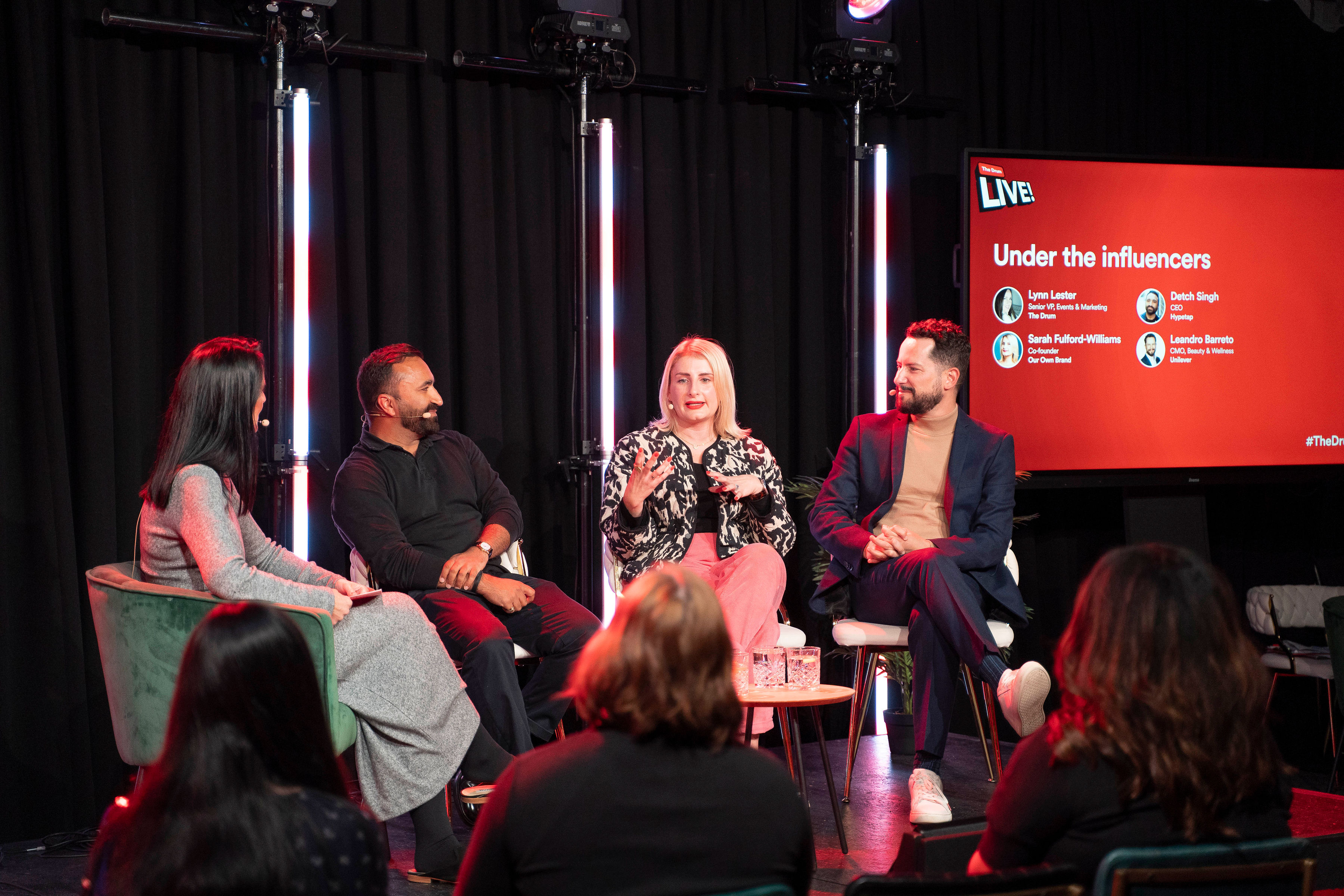
🔥 At The Drum Live 2025, OOB’s co-founder Sarah Fulford-Williams joined Hypetap’s Detch Singh and Unilever’s Leandro Barreto to spotlight a game-changing shift in influencer marketing: the magic happens when brands let go of the script.
Barreto shared how Vaseline’s Verified campaign handed creative control to 450 creators, leading to millions of organic views and cultural credibility that rigid brand content just can’t replicate. Our co-founder said: “People love content that feels real, independent and raw.” To capture that feeling brands must loosen their grip, which means “letting people interpret your brand.”
The takeaway? Influencers aren’t just endorsers, they’re co-authors of brand identity. Give them the freedom, and they’ll show you what your brand really means to people.
OOB’s Creator Collective
Through our Creator Collective we’re building a global network of diverse and trusted creators, so that we’re ready with the perfect voice for your brand.
Conclusion
Influencer marketing in 2025 is a powerful, sophisticated channel. The global and UK markets continue to expand, audiences trust creators and new technologies like AI and social commerce unlock fresh opportunities. Yet challenges persist: compliance remains a work in progress and brands must prioritise authenticity and data‑driven strategies to stand out. By partnering with the right creators, valuing transparency and investing for the long term, businesses can turn influencer marketing from a tactical play into a core growth engine.
Need help designing an influencer campaign that cuts through and complies? Explore our Social Media & Influencer Campaign Services to see how Our Own Brand can drive results for your next launch.
FAQs 📌
The global influencer marketing ecosystem is projected to be worth about $266.92 billion in 2025, while the influencer platform industry will reach $32.55 billion influencermarketinghub.com.
IMARC Group estimates the UK influencer marketing market at US$2.36 billion in 2024 and projects it will grow at 29.5 % CAGR to US$24.15 billion by 2033 imarcgroup.com. Statista forecasts UK ad spend will reach £930 million in 2024 and £1.3 billion by 2029 kolsquare.com.
Nano and micro‑influencers often deliver higher engagement rates and greater perceived authenticity. Kolsquare reports that 47 % of marketers prioritise authenticity and that audiences view smaller creators as more genuine kolsquare.comkolsquare.com. Macro‑influencers remain valuable for mass awareness; a tiered strategy often yields the best results.
The ASA requires influencers to clearly label promotional content with upfront disclosures such as “Ad” or “#ad”. Labels like “Gifted” or “Affiliate” are insufficient iclg.comasa.org.uk. Disclosures must appear at the beginning of a post and be visible without clicking “more” iclg.com. Both brands and influencers share responsibility for compliance iclg.com.
AI streamlines influencer selection, measures campaign performance and powers virtual influencers. Nearly 70 % of UK creators under 44 use AI tools izea.com, and 66.4 % of marketers say AI improves campaign outcomes influencermarketinghub.com. Expect AI to play a larger role in content production, personalisation and ROI prediction.
